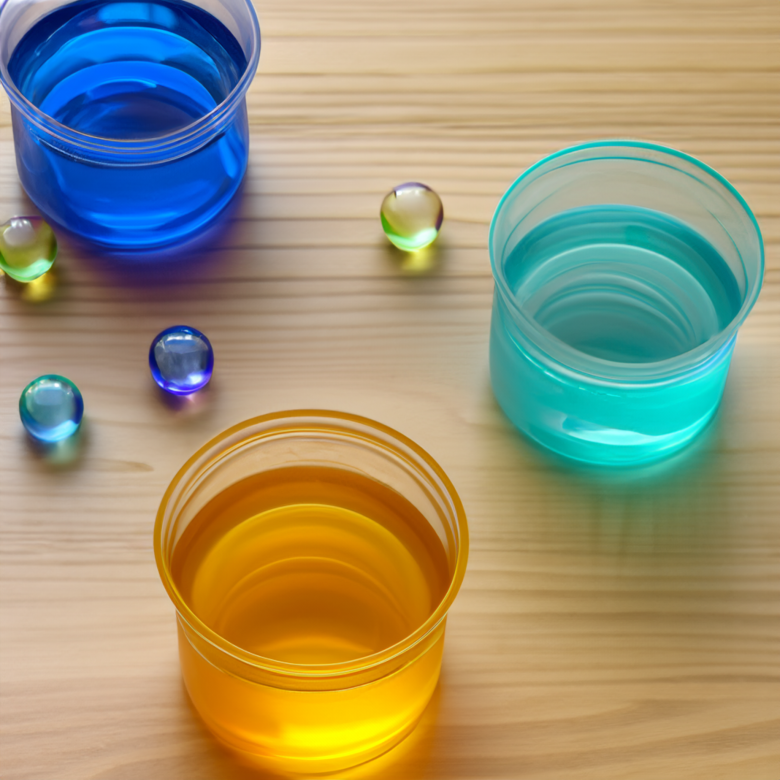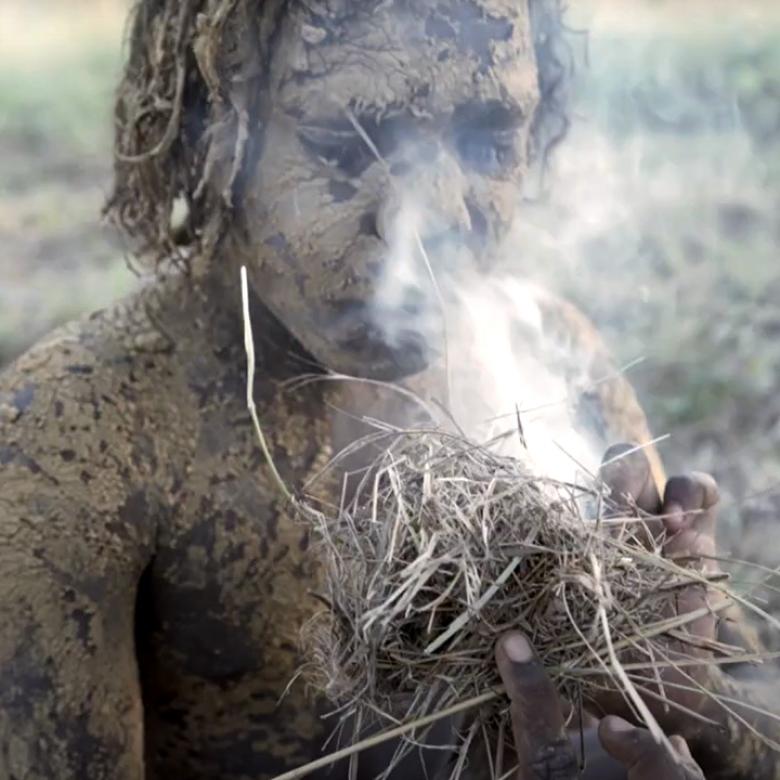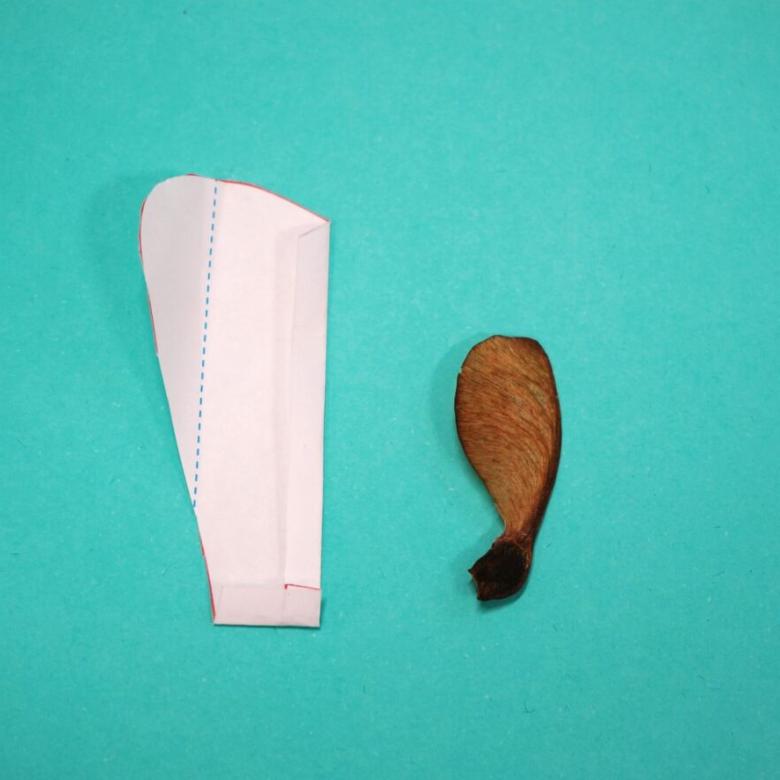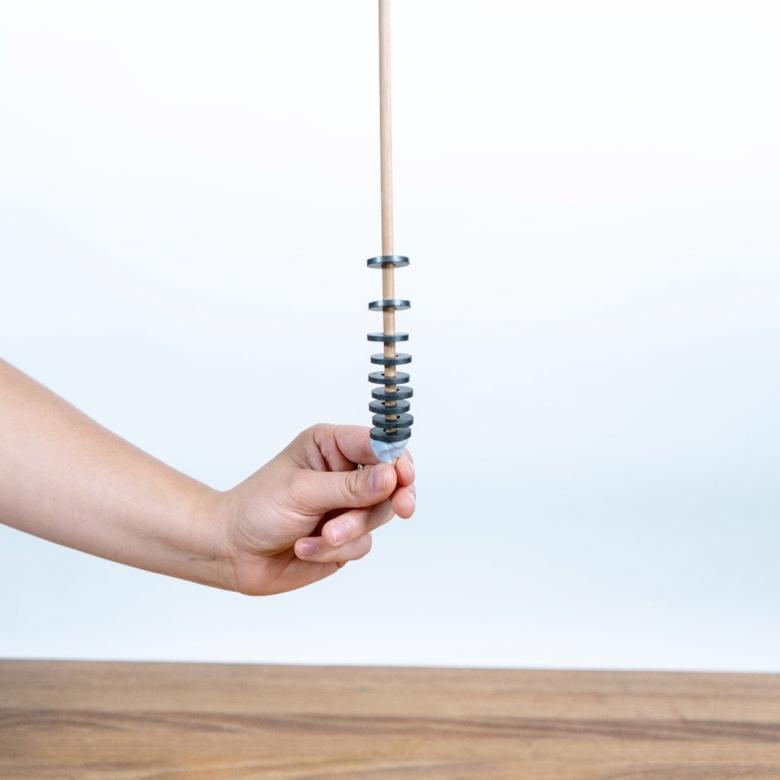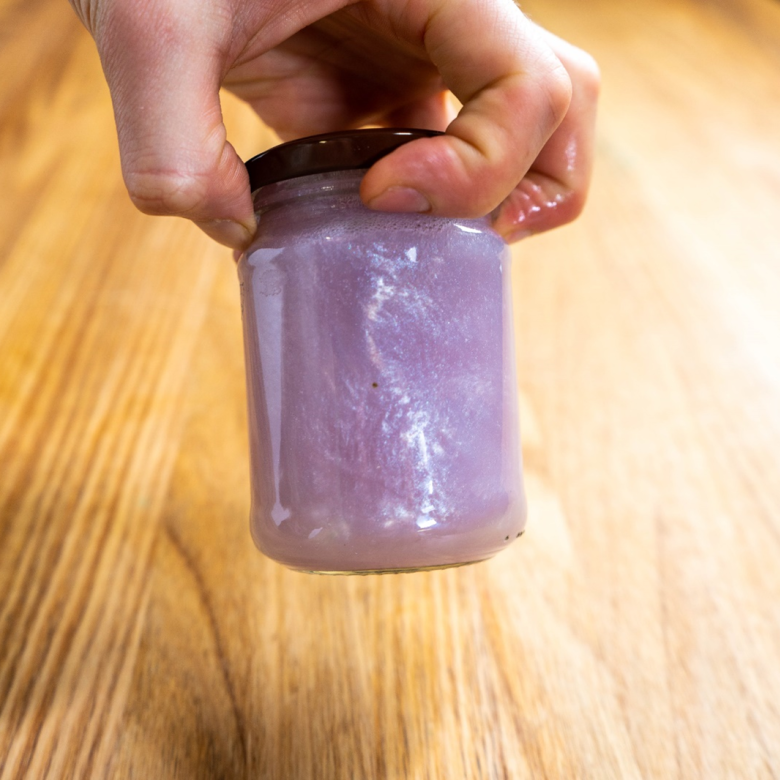You'll need
- 3 marbles, all the same size
- 3 tall, clear containers with a wide opening. Plastic cups will work fine
- Water
- Vegetable oil
- Liquid honey
- 3 other people
What to do
- Fill one container with water, the second with oil and the third with honey.
- Now get 3 people to each hold a marble over a different cup. Don’t let go yet!
- The fourth person is the judge. When they say go, drop your marbles! Whose marble hit the bottom of the cup first?
Questions to ask
Which marble falls the fastest? Try timing them. How can you do this?
What could you do to the honey to make the marble fall faster? Try warming it up a bit at a low setting in a microwave and repeat the experiment. Be careful that you don’t make the honey too hot, because it can burn you.
What’s happening
Viscosity is a measure of resistance to flow or how easily a liquid can change its shape. It depends on temperature. Water flows very easily so we say it has a low viscosity. Oil has a higher viscosity than water and honey has a very high viscosity (at room temperature). Things will fall slower through oil and honey than they will through water, so these fluids tend to flow more slowly than water.
For a marble to fall through a liquid, the liquid has to change shape to let the marble through. High viscosity fluids – like honey – have a lot of resistance to changing their shape. So the marble takes longer to fall through it.
Temperature changes the viscosity of some liquids, like honey. A marble will fall through warm honey faster than honey at room temperature.
Dropping a sphere in a liquid is one of the oldest and easiest ways to measure viscosity.
Did you know
The viscosity of volcanic lava affects how it moves, and the shape of the volcano that it erupts from. Lava that has a high viscosity tends to flow slowly. This type of lava forms steep, cone-shaped volcanoes, because the lava doesn’t flow very far from where it lands. Instead, it cools and builds up to form a mountain shape around the volcano crater. Lava with a lower viscosity flows quickly, forming channels and puddles. This type of lava forms volcanoes that are broad and flat in shape, because the lava can flow away from the volcano crater.
(Sound of bubbles popping)
Rachel: Hi everyone, my name’s Rachel and I'm from the Questacon Science Squad. People keep telling me I’ve lost my marbles, but I’ve actually found them.
(Rachel holds up a marble)
And I thought I might use them to see how they move through three different fluids.
(Camera pans to the table)
You need:
- a cup of water
- a cup of oil and
- some honey
But I'm going to need an extra pair of hands for my marble race.
So Tim and David, how about you help me with this?
After I say go, let’s drop our marbles and see which marble gets to the bottom first.
Ready, set, go!
(Camera pans to the hands of Rachel, Tim and David dropping their marbles into each cup and jar)
Ah! Well clearly the cup of water is the winner there and the honey’s taking a bit more time.
(Camera pans to Rachel) If you’d like to know why the marble moved slower through the honey, you can visit our website.
See you next time.

